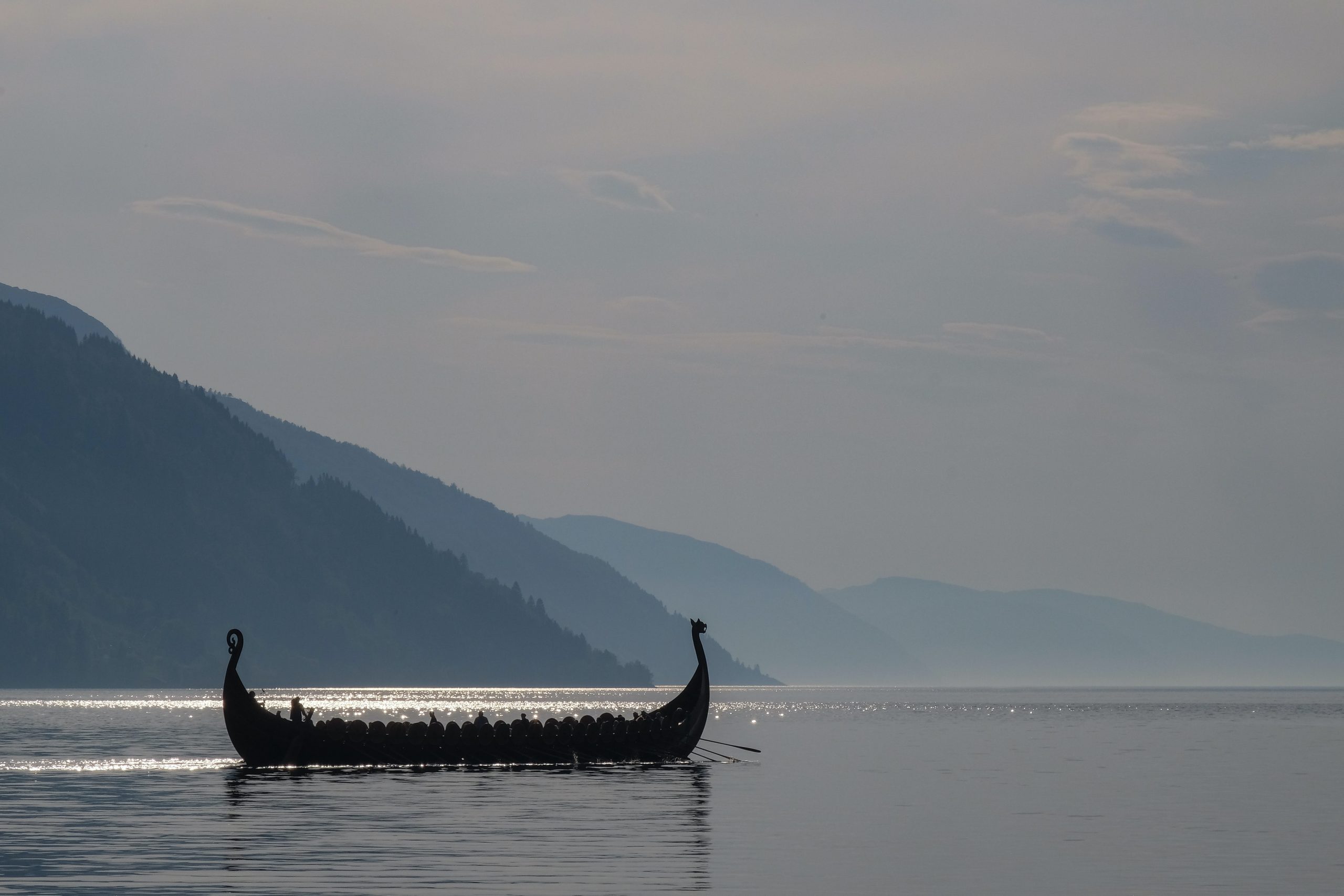
Ian Patrick, FISM News
[elfsight_social_share_buttons id=”1″]
A new historical discovery is always a bit exciting, and the potential discovery of a Viking longboat in northwest England has been decades in the making.
According to a statement from the University of Nottingham, some of its scientists took part in an archaeological dig searching for a Nordic vessel supposedly beneath the Railway Inn in Meols on the Wirral.
The University’s professor Steve Harding, who is the Director of the National Center for Macromolecular Hydrodynamics and a Viking history expert, is analyzing samples taken from the suspected boat to assist in determining its origin.
“The vessel was originally discovered in 1938 by workmen who partially exposed the vessel but were told by their foreman to immediately cover it over again,” Harding explains.
Fortunately, one of the men made detailed notes and a sketch of it, showing a preserved vessel of clinker design (overlapping planks) – a design of boat building that originated in Scandinavia … It is not impossible the vessel may have derived from the time the area was heavily settled by Norsemen, or if not the descendants of these people: an investigation we did jointly with the University of Leicester has shown a high proportion of Y-chromosomal DNA of Scandinavian origin in the admixture of people from old families (possessing surnames prior to 1600) in the area. But in all honesty we just don’t know and are keeping an open mind.
Chair Wirral of the Wirral Archaeology Community Interest Company (CIC), Dominga Devitt, added to the excitement saying that interest in exploring the vessel has been around “for many years.”
“It has been thought that the boat dates from the Viking era but no professional investigation has ever been carried out to establish the truth, so everyone is really delighted at the prospect of what we might discover,” Devitt said.
The dig began the weekend of February 17th and lasted for one week.
Professor Harding recently spoke with BBC Radio Merseyside’s Tony Snell about the dig and potential results.
During this interview, Harding revealed that the excavation was expected to cost 6 million pounds (about $7.2 million) and that the pub was highly cooperative the entire time.
He also said that they were able to acquire some small samples, which he said could still provide some “pretty good conclusions” about the origins of the vessel. However, such an analyzing process would still take some time — perhaps even months.
